McLaren P1 successor to be fully electrified, due in 2030
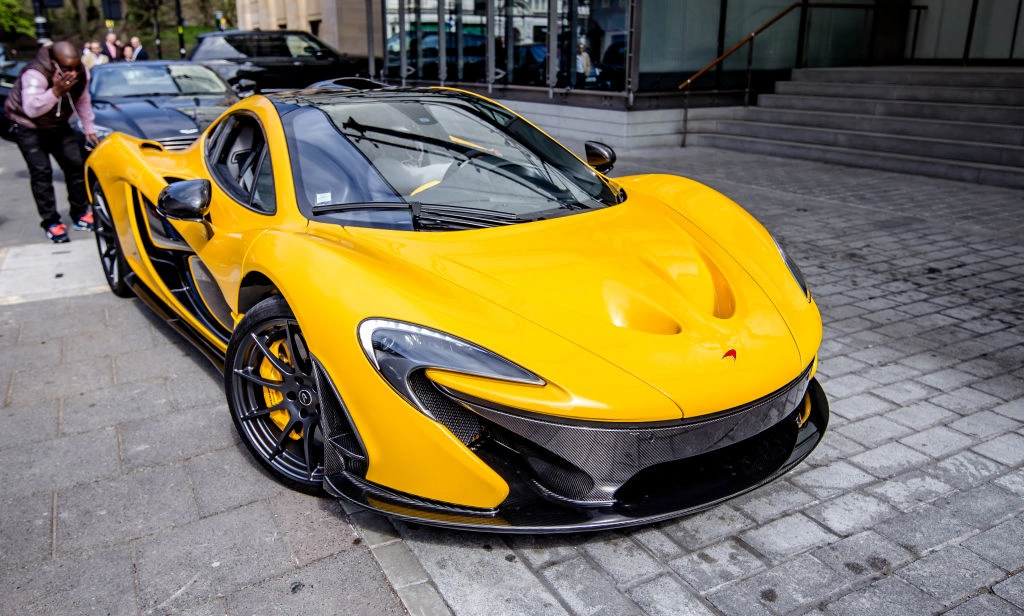
McLaren P1 successor to be fully electrified
Launched in 2012 with a hybrid powertrain, the McLaren P1 supercar is the brand’s second flagship model after the McLaren F1 in 1992.
As technology evolves and circumstances change, McLaren plans to launch a successor to the P1 later this decade, a new car that will be fully electric.
McLaren’s president, Michael Leiters, said in an interview that a new electric supercar is currently under development, but has yet to confirm specifics.
“We’re busy, yes,” he said, revealing that electric vehicles are one of three pillars of McLaren’s future powertrain development, the other two being combustion engines and hybrids.
He expects electric models to account for 90 percent of McLaren sales within the next five years.
For now, electric supercars also face weight and performance challenges, Leiters said.
He said: “We don’t want to build a car that weighs 2000kg and makes 2000bhp – anyone can do that, but that’s not in McLaren’s DNA.
We don’t need 2,000 horsepower. We’re exploring concepts for that, and we have a lot of exciting ideas, but it has to be bigger than what we can do with combustion engines today.”
He pointed out that “better” doesn’t just refer to pure power or performance figures, but also includes the vehicle’s handling and agility.
Leiters expects the electric hypercar to be launched “by the end of the decade.”
On how the model will be positioned – whether it’s a hypercar or a supercar – he said: “Overall, I think the best way to introduce new technology is from the top down.”
That means there could be some innovative lightweighting Measures and battery hardware trickle down from the range-topping models into McLaren’s more “mainstream” lineup.
Although McLaren is working on an electric car, no customers have yet expressed demand for it. “No, but we need to be careful,” Leiters said when asked if any McLaren owners had asked for an electric car.
“Times are changing and we have to be ready for a new era,” he said. “The success of the 750S shows that we of customers like combustion engine cars, but there may be other customers who are interested in other things.”
The European Union’s proposal to allow the continued sale of cars powered by e-fuel
In addition, Leiters welcomed the European Union’s proposal to allow the continued sale of cars powered by e-fuel, a type of renewable fuel.
McLaren plans to launch the electric supercar “by the end of the decade”.
Regarding the car’s positioning, Leiters alluded to a top-down approach, whereby some innovative technology was filtered into McLaren’s more “mainstream” lineup.
This may mean that some lightweight technologies and battery hardware will be gradually introduced from top models to other products, providing more car owners with green travel options.
While current McLaren owners have yet to articulate a need for electric vehicles, Leiters said the company needs to be prepared as times change. “
We must be fully prepared for the automotive needs of the new era.
Despite the success of our 750S model, we cannot ignore the underlying market demand,” he noted.
The editor noticed that McLaren has previously announced that it will first launch a series of V8 hybrid sports cars before launching any pure electric models.
The company announced earlier this year that it had renewed its partnership with Sussex-based engine supplier Ricardo to build a next-generation V8 engine for the electric drivetrain in a “lightweight, high-performance hybrid supercar”.
McLaren’s electric vehicle plans are one of three pillars of its future powertrain development, the others being combustion engines and hybrids.



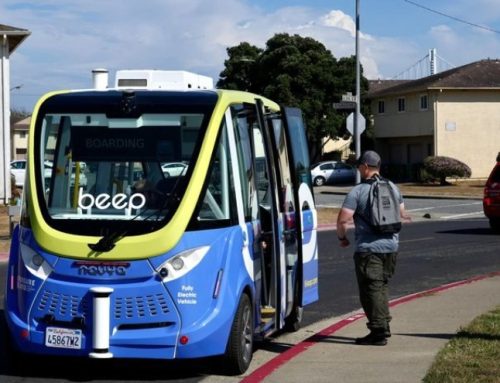
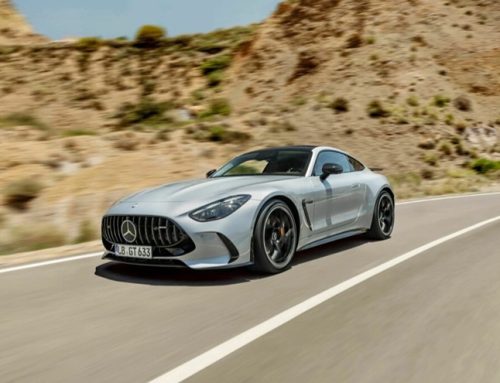
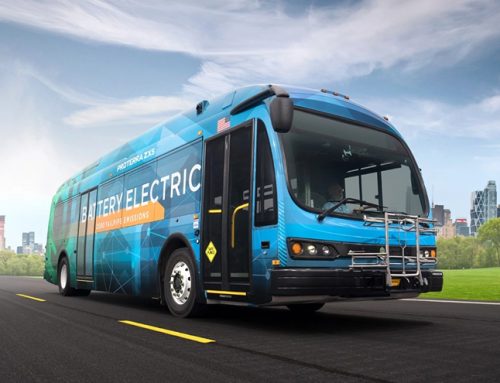
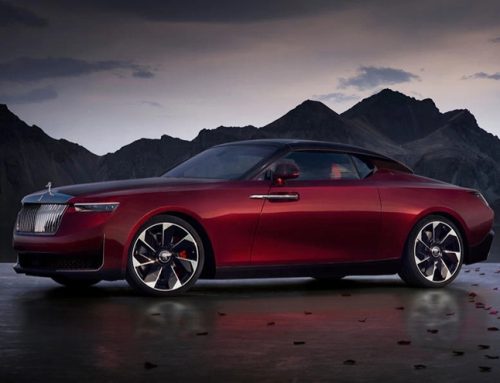
Leave A Comment